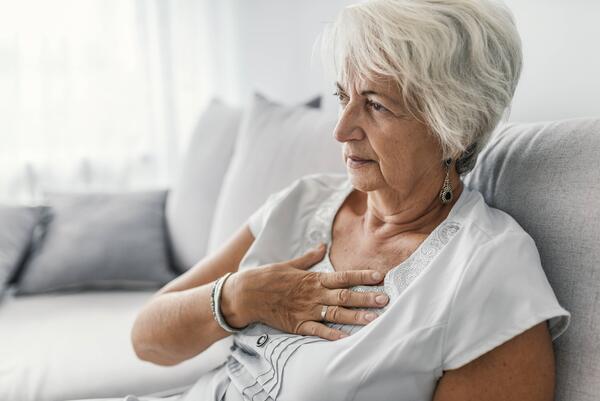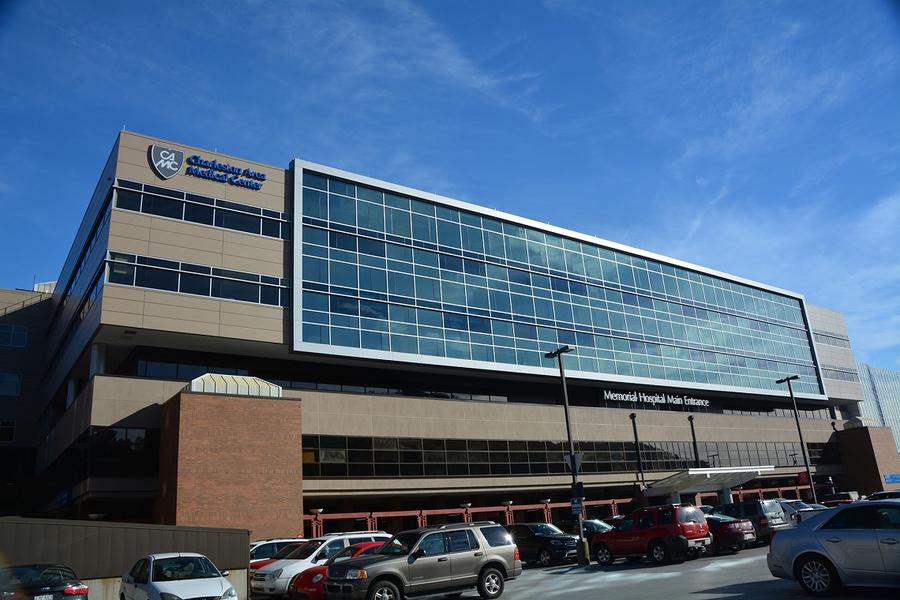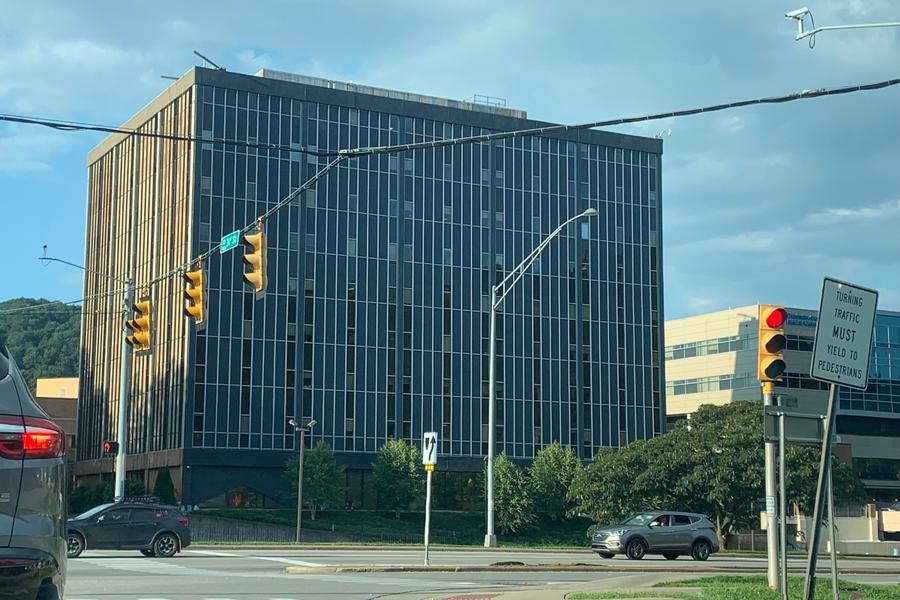- About 750,000 people in the US have heart attacks each year. Of those, about 116,000 die.
- Many of these patients experienced early symptoms.
- These “beginnings” may occur in 50% of patients
- If recognized, people can be treated before heart damage occurs
Early Signs and Symptoms of a Heart Attack
A heart attack occurs when blood flow to the heart muscle is blocked and one or more parts of the heart don’t get enough oxygen. Someone might have one or more of these common symptoms. When they start, they can be mild or come and go. Over time, the symptoms and pain become more intense. Stay alert and always pay attention to chest pressure.
Learn the early signs and symptoms:
- Feeling of fullness
- Pain that travels down one or both arms
- Jaw pain
- Excessive fatigue or weakness
- Anxiety
- Nausea or vomiting
- Back pain
- Shortness of breath
- Chest pressure, squeezing, aching or burning
What are the risk factors?
These are the general risk factors. Discuss your risk with your doctor.
- Chest pain, pressure, burning, aching or tightness – it may come and go
- A family history of cardiovascular disease
- High blood pressure
- Overweight or obese
- Sedentary lifestyle
- Using tobacco products
- Metabolic disease, diabetes or other illnesses
- For women, it can also include birth control pills, a history of pre-eclampsia, gestational diabetes or having a low birth weight baby
Our Approach to Early Heart Attack Care
CAMC wants you to know the signs, symptoms and risks of a heart attack, and how to respond if you or someone you know exhibits these symptoms.
People with heart attack symptoms should be evaluated in an emergency department. CAMC’s doctors, nurses and staff in our emergency departments are trained to respond quickly to heart attack symptoms and provide the care they need.
If you suspect that you or someone you know may be having a heart attack:
- Call 911
- Perform hands-only CPR
- Find an deploy an automated external defibrillator (AED)
CAMC offers basic life support training classes that are available to the public.
What are atypical presentations of a heart attack?
In an atypical presentation, the signs and symptoms are different. The patient may not complain about pain or pressure in the chest. Be alert for the following:
- A sharp or “knife-like” pain that occurs with coughing or breathing
- Pain that spreads above the jawbone or into the lower body
- Difficult or labored breathing
What is the difference in symptoms between men and women?
Some heart attack symptoms can be different between men and women. Why does it matter? Women may be less likely to seek immediate medical care which can cause more damage to the heart.
- Men normally feel pain and numbness in the left arm or side of chest, but in women, these symptoms may appear on the right side.
- Women may feel completely exhausted, drained, dizzy or nauseous.
- Women may feel upper back pain that travels up into their jaw.
- Women may think their stomach pain is the flu, heartburn or an ulcer.

CAMC Heart Care Specialists
Our team of cardiologists, cardiothoracic and cardiovascular surgeons, electrophysiologists and other heart specialists have decades of experience treating heart conditions.




